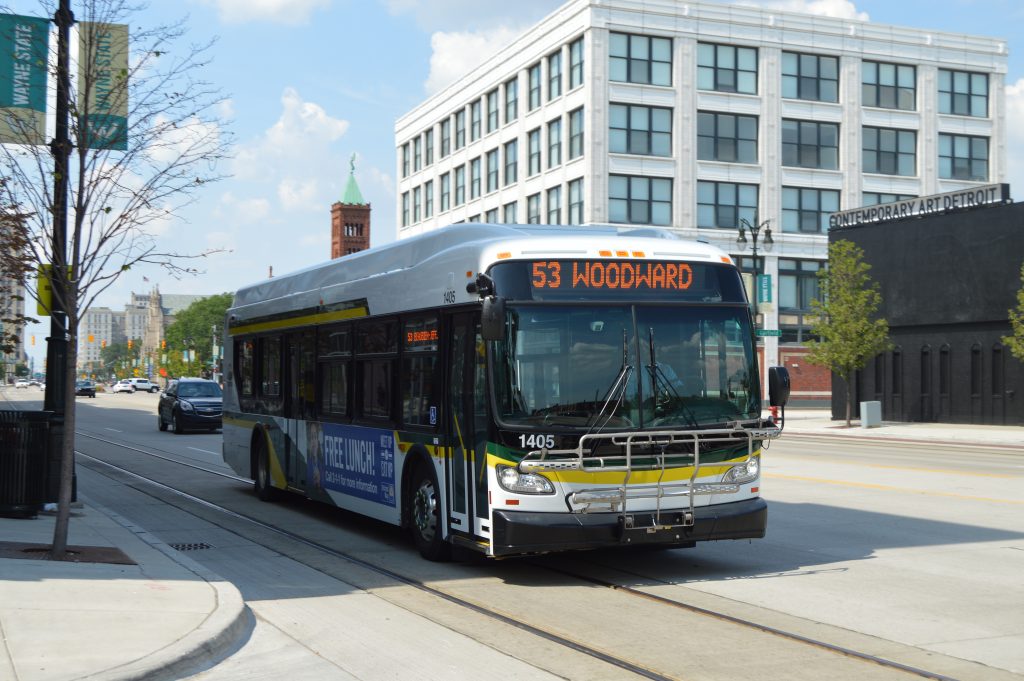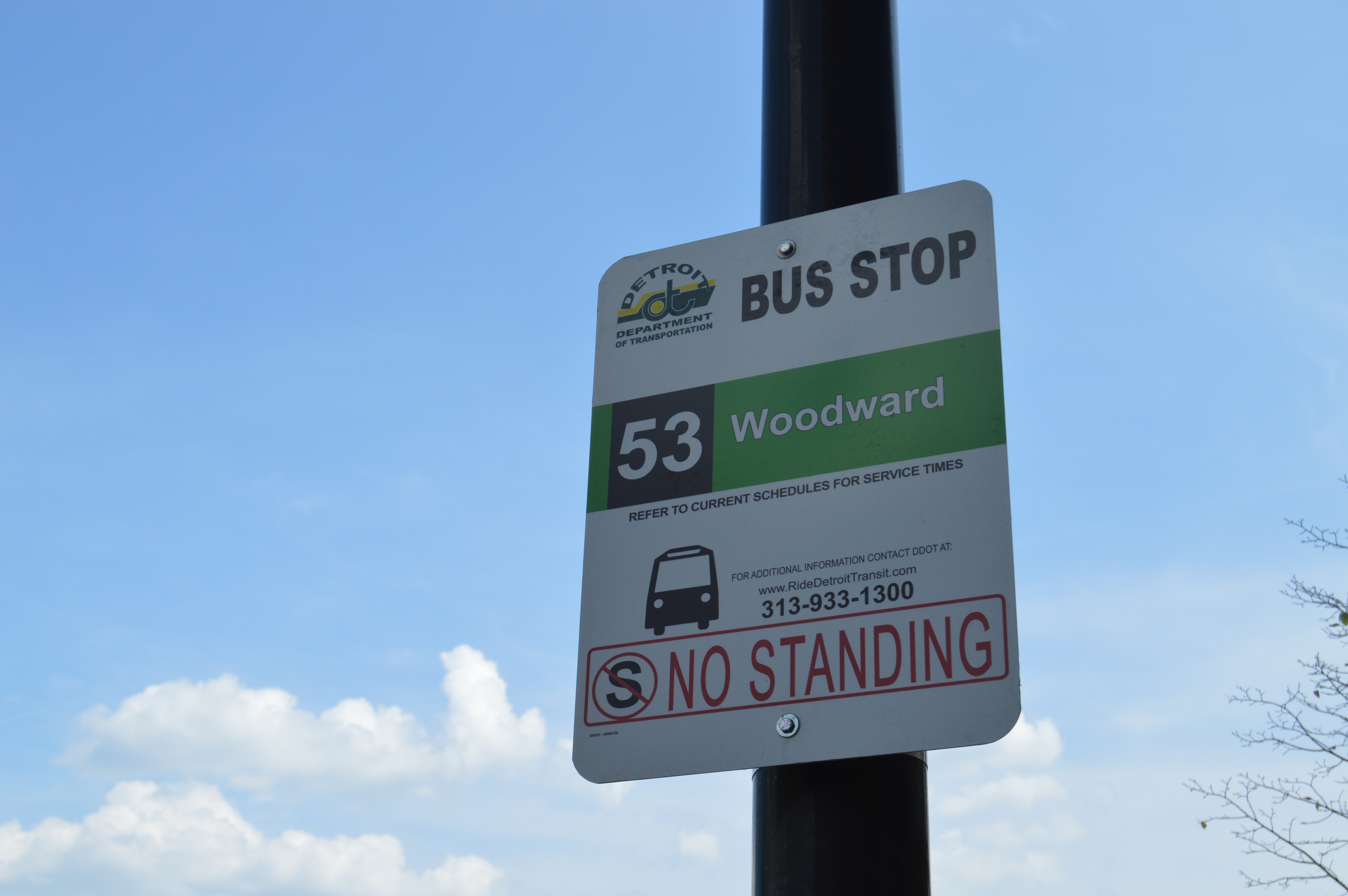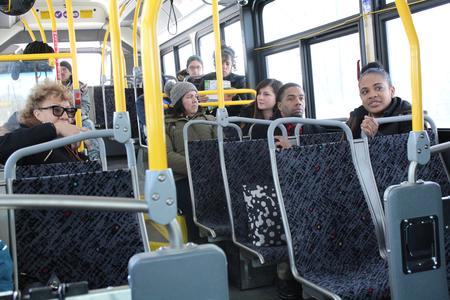The Stigma of Transit: “We Have to Make Buses Sexy”
Our roads are too wide, our cars are too linked to status, says the mayor who revolutionized transit in his city.


Our city, county, and state officials have struggled for years to find a comprehensive, equitable, and regional transit plan. Still, the opportunity to build something grand in Metro Detroit remains.
In 2016, the Regional Transit Authority of Southeast Michigan (RTA) asked voters to approve a regional transit plan partly built around a modern system of bus travel that provides much of the allure of train travel, while utilizing the infrastructure and autonomy of automobiles. It’s called bus rapid transit (BRT). Voters narrowly rejected that vision.
Now, in 2018, the RTA again hopes to ask voters to expand transit under one system across Southeast Michigan. This time, the BRT lines are left out of the equation.
Read/hear more about the RTA’s new plan here
Although most suburbs have voted a number of times to fund their own bus systems, they are largely confined within the limits of the suburbs. These aren’t systems that truly connect the entire region in a reliable and attractive way. Oakland County and Macomb County leaders on Tuesday spoke publicly in favor of renewing the SMART bus system millage, while trouncing on the idea of a regional expansion.
Will people in Metro Detroit — especially middle-and-upper-class suburbanites — really ever embrace the idea of buses as a reliable, effective, modern and regional mode of transportation? Why is there so much push back against buses, especially modern bus rapid transit systems that look and feel nothing like the clunky bus systems we’re accustomed to?

Is it rooted in stigma against people who ride buses?
How are other cities around the country getting buy-in from residents around expanding bus systems and other modes of mass transit?
“Perception is very important,” says Enrique Penalosa, mayor of Bogatá, Columbia.
Penalosa came to Detroit a few years ago to speak with stakeholders in the city’s mobility sector.
He spoke with Detroit Today senior producer Laura Weber-Davis about rethinking travel in and around a city.
“Cars are so linked to status,” says Penalosa, who says those perceptions are very difficult to change, but it can be done. “It’s a matter of marketing…Buses have higher capacity, more flexibility.”
“As part of the marketing, we have to make buses sexy,” he says.
Detroit Today host Stephen Henderson also speaks with Laura Bliss, staff writer at CityLab covering transportation, infrastructure, and the environment. Bliss recently authored a piece in CityLab titled “Love the Bus, Save Your City,” as part of CityLab’s new series “Bus to the Future.”
“We’ve seen a number of cities across the U.S…pass really quite significant transit referenda to build out light rail or other types of rail systems,” says Bliss, who says there’s a “rail bias” that exists. “There is actually no reason that buses can’t also be frequent reliable, clean, pleasant places to be. It’s just how we’ve treated them.”
Henderson also speaks with WDET Senior Editor Quinn Klinefelter, who is leading a series of reports about transit on WDET as part of our Policy Meets the People series.
Click on the audio player above to hear the full conversation.
